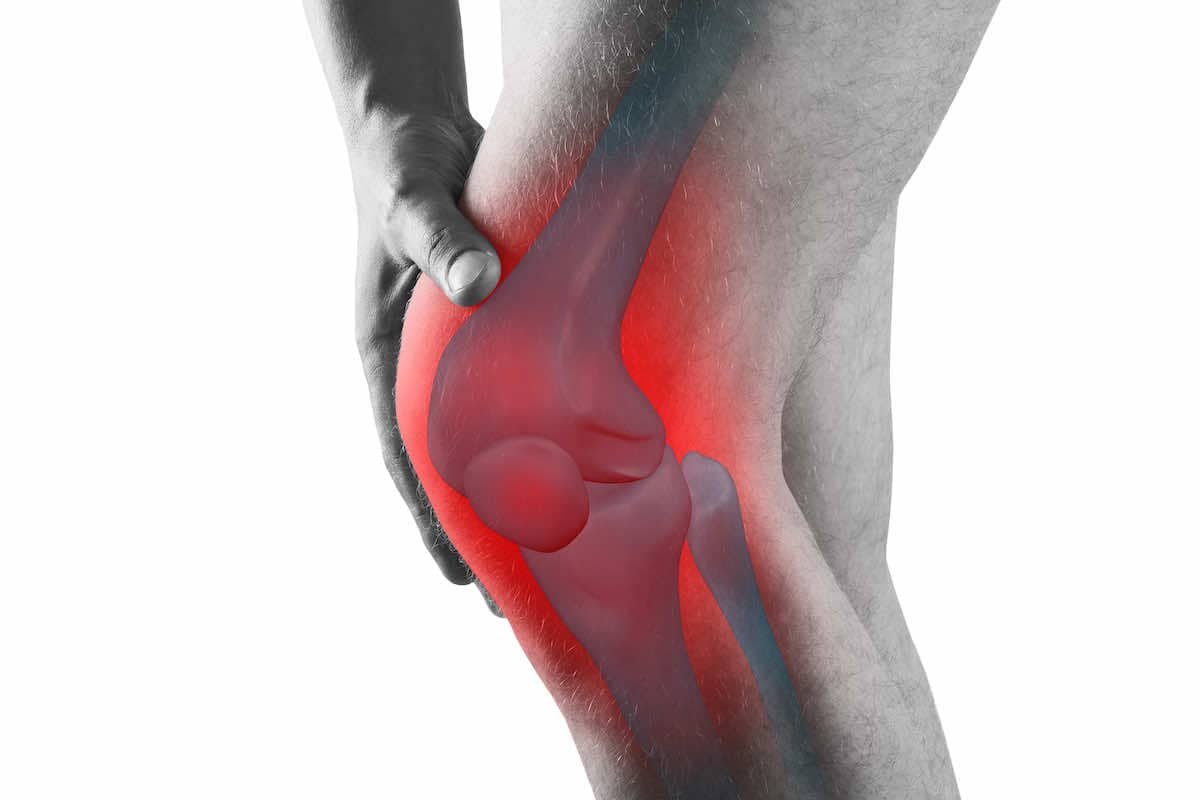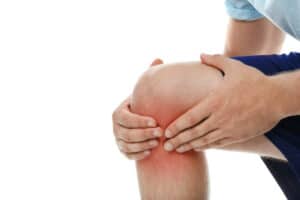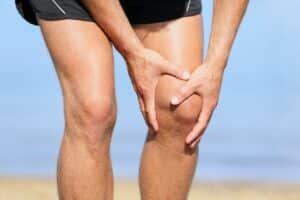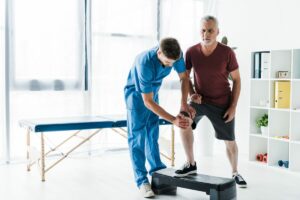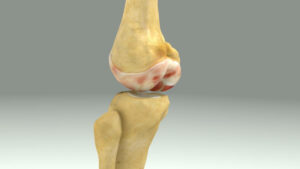Free download: Top 10 Natural & Easy Remedies for Joint Pain from Home. Learn these helpful remedies.
Estimated Reading Time: 5 minutes read
Living with a swollen knee can turn even simple tasks into daunting challenges. The swelling is usually a sign that something is going wrong, potentially due to an injury, arthritis, or excessive strain on the joint. It’s our body’s way of signaling that it needs attention and care.
However, just because your knee is distressed doesn’t mean you should refrain from all activity. The concept of slowing down is vital, but it doesn’t equate to complete inactivity. As surprising as it may sound, certain carefully chosen exercises can promote healing, reduce swelling, and assist in recovery.
The ultimate goal is to help you regain your mobility and return to your usual activities easily. Remember, no matter how small, every step you take toward healing brings you one step closer to a swift and effective recovery. Through this balance of rest and gentle exercise, you can encourage your body to heal naturally, getting you back on your feet faster than you might think.
Table of Contents
Symptoms of a Swollen Knee
A swollen knee is usually fairly easy to identify. Here are some of the most common symptoms that can signal that you’re dealing with this issue:
- Enlarged Appearance: Your knee might look bigger or puffier than usual, showing a clear sign of swelling.
- Stiffness: The knee can feel stiff, making it difficult for you to move it as freely as you normally would.
- Uncomfortable Sensation: There might be a general feeling of discomfort in your knee, which can affect your daily activities.
- Warmth or Tenderness: In some cases, the knee can feel warm or tender to the touch, a sign that your body is fighting off an injury or illness.
- Pain During Movement: Moving your knee can cause pain, making walking or bending your knee uncomfortable.
- Difficulty in Bending or Straightening: You might find it hard to fully straighten or bend your leg due to the swelling and discomfort.
Remember, if you notice any of these symptoms, it’s a good idea to consult a healthcare professional to identify the underlying cause and get appropriate treatment.
Common Causes of Knee Swelling
A swollen knee can arise due to several reasons. Let’s look at some common causes:
- Injury: Knee injuries, such as sprained ligaments or damaged cartilage, are frequent reasons behind knee swelling. An unfortunate fall, twist, or heavy impact can result in these types of injuries.
- Torn Ligament: Specifically, the anterior cruciate ligament (ACL), when torn, can cause significant knee swelling. This ligament is crucial for knee stability, and damage can lead to severe discomfort and swelling.
- Overuse: Overuse from high-impact sports, heavy lifting, or prolonged periods of intense physical activity can lead to knee swelling.
- Broken Bones: A fractured or broken bone in or around the knee can also cause swelling.
- Arthritis or Gout: Conditions like arthritis, which involves inflammation of the joints, and gout, caused by uric acid build-up, can also contribute to a swollen knee.
- Other Medical Conditions: Occasionally, knee swelling could be a symptom of other medical issues like bursitis (inflammation of the fluid-filled sacs around joints) or tendinitis (inflammation of the tendons).
These causes can result in discomfort and movement difficulties. Knowing what’s behind the swelling can help determine the best course of action for relief.
Best Exercises to Reduce Swelling
When dealing with a swollen knee, you might feel like rest is the best solution. And yes, rest is important, but so is movement. Here are three exercises that can help reduce swelling and improve flexibility:
1. Ankle Pumps
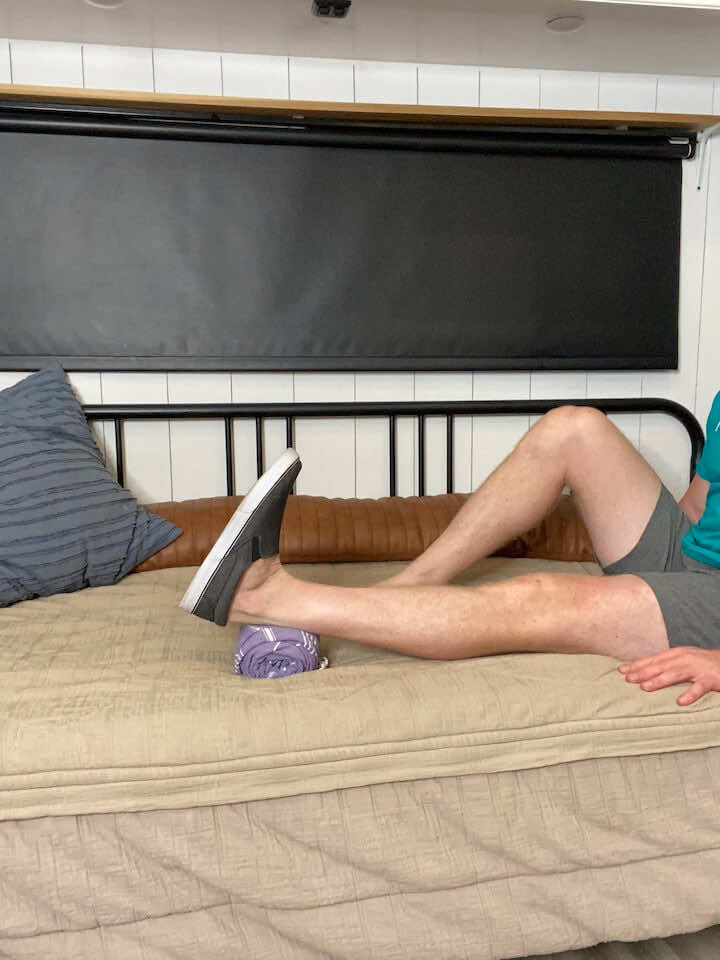
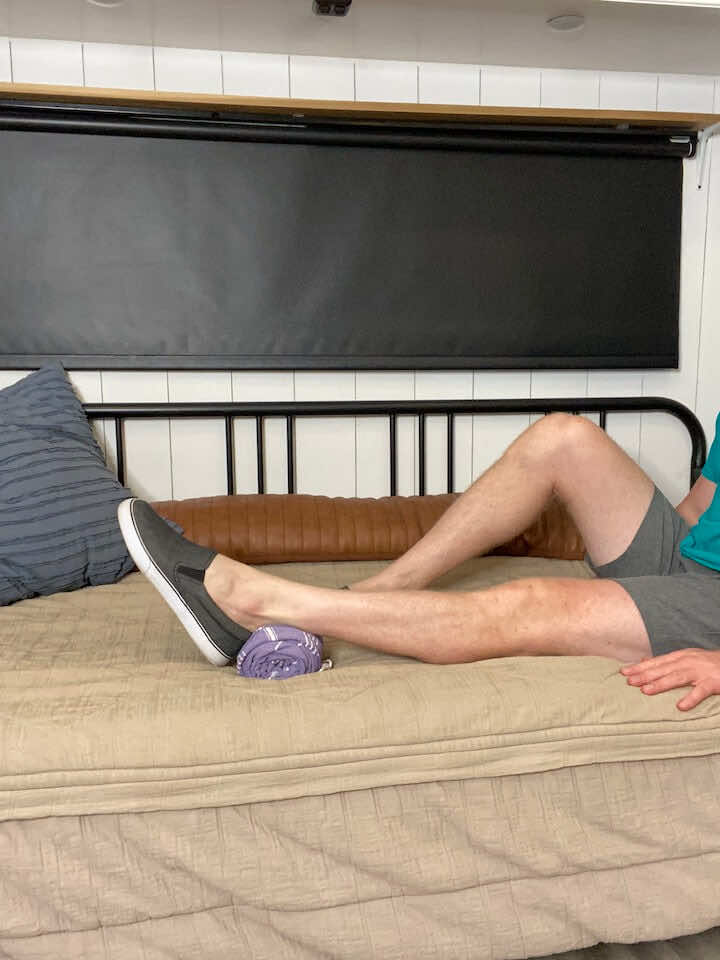
- While sitting on your bed with the injured leg straight, roll a small towel just under your calf muscle.
- Start the movement by pointing your toe forward and then pulling it back toward your nose.
- Cycle between these two positions for 10 reps and 3 sets.
2. Quad Sets
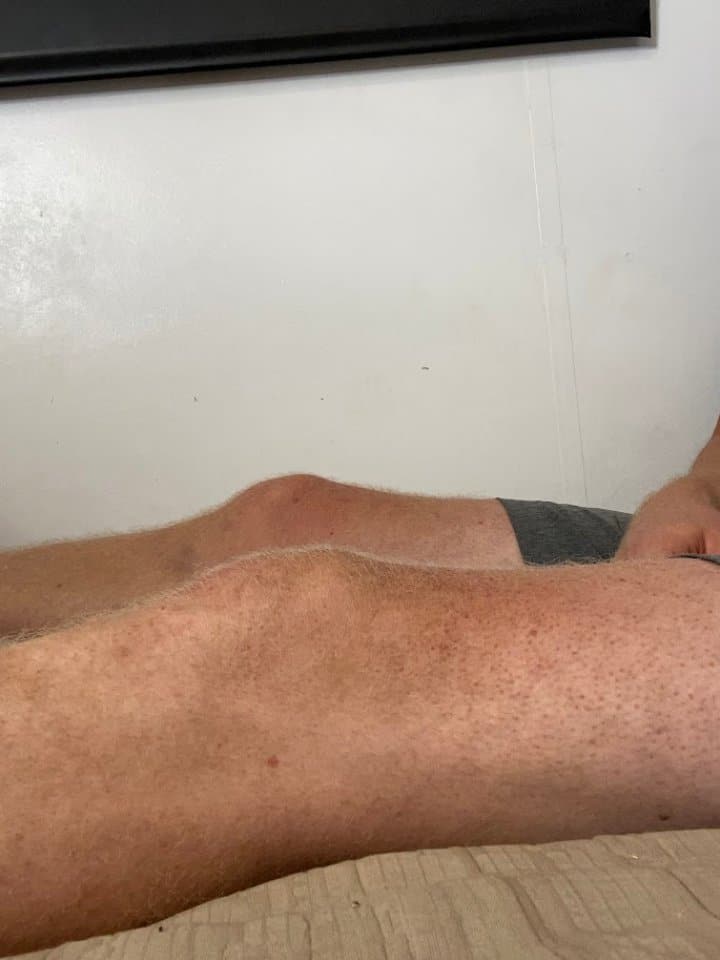
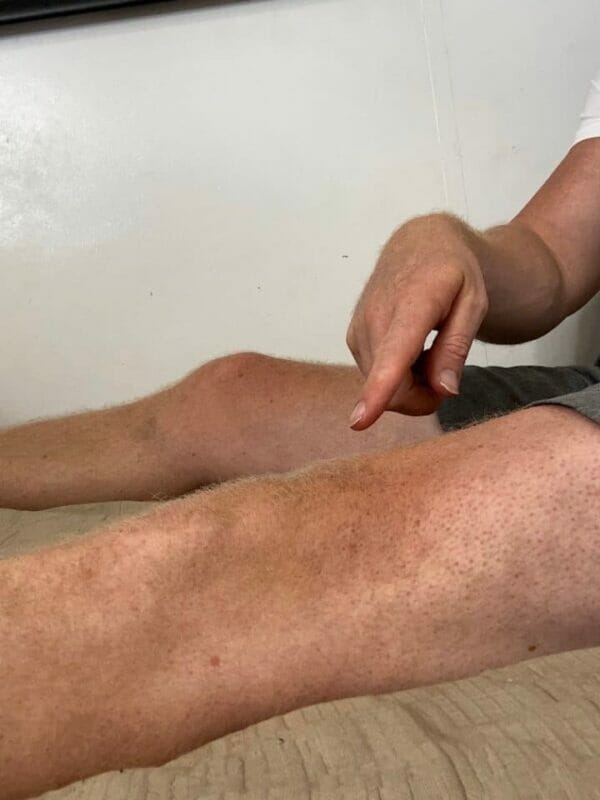
- Starting position: Seated with the injured leg stretched in front of you (can be on the floor, couch, or bed).
- Squeeze the quadriceps (the muscles on the top of the thigh) and try to press the back of the injured knee down toward the surface.
- Hold for 5 seconds, then relax.
- Repeat 10 repetitions for 3 sets.
3. Heel Slides with Rope
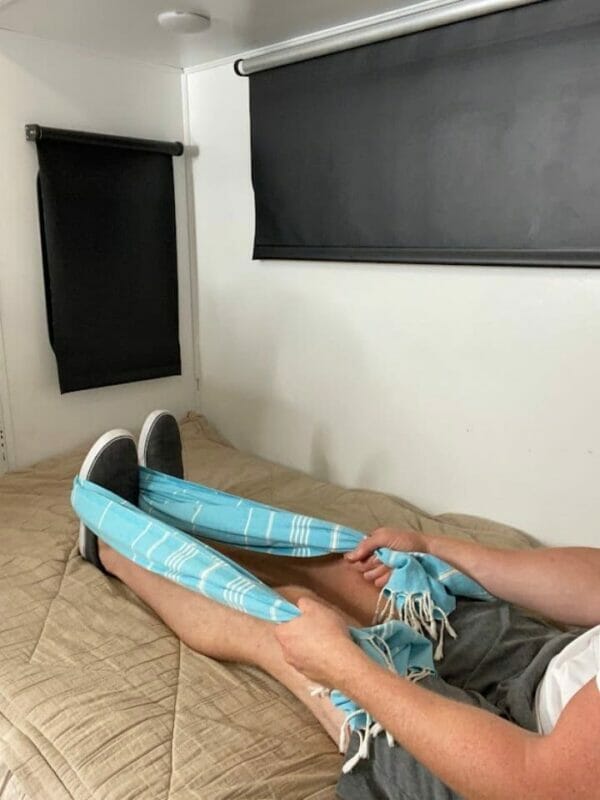
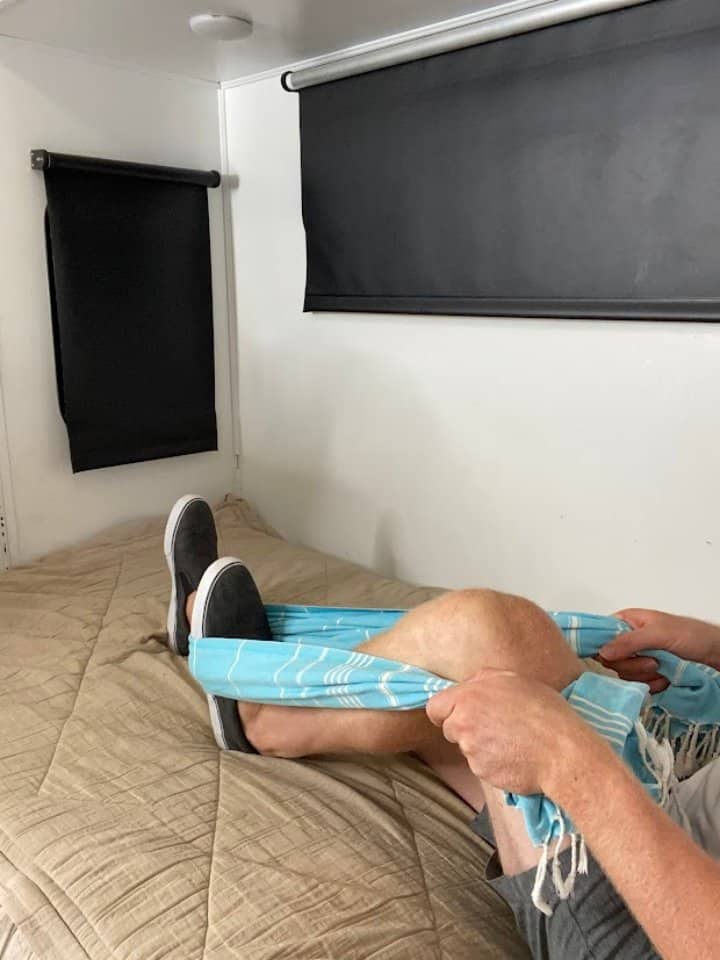
- Starting position: Sitting or laying down with the injured leg in front of you (can be on the floor, couch, or bed).
- Wrap a non-elastic strap around the foot.
- Pull on the strap with the arms to slide the heel towards the bottom while simultaneously bending the knee.
- Hold for 5 seconds, then return to your starting position.
- Repeat 10 repetitions for 3 sets.
4. Long Arc Quad
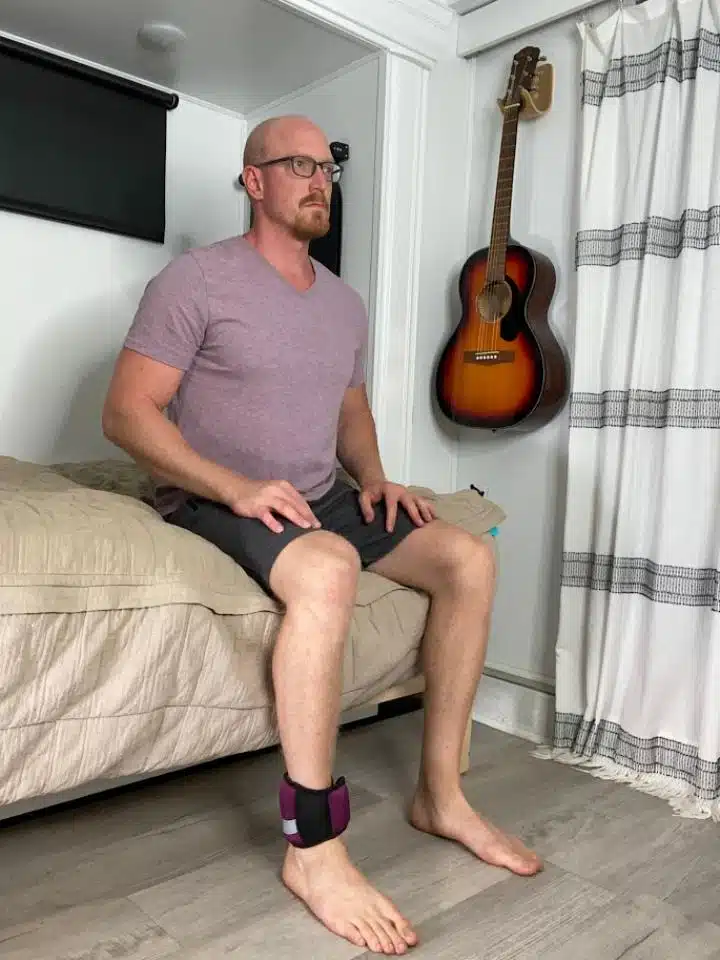
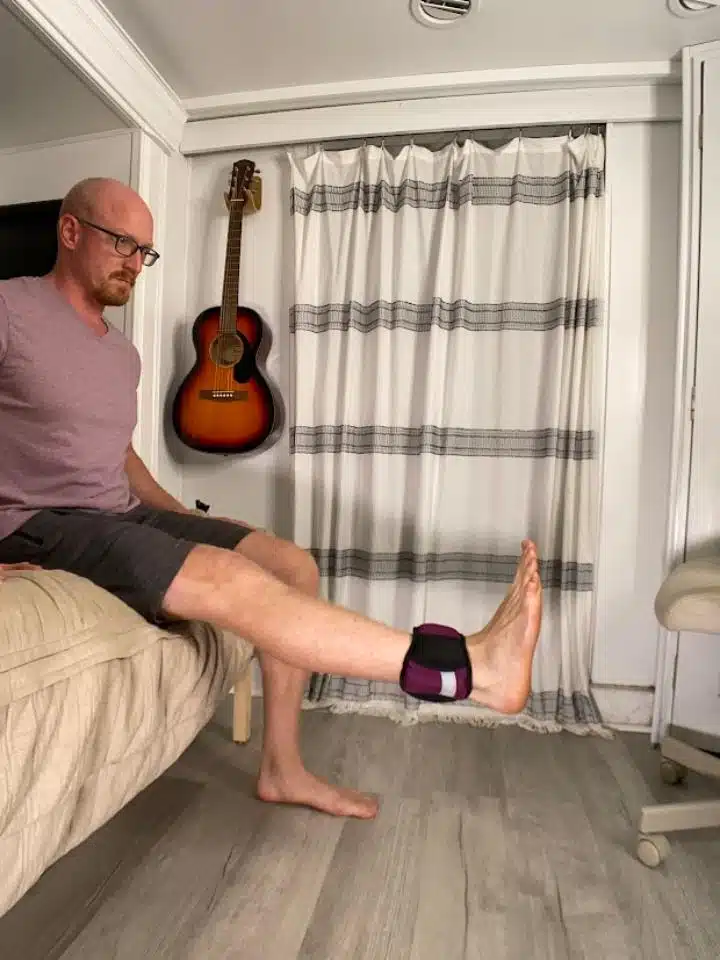
- You can perform this at home using an ankle weight (2-5 lb., as tolerated) or a resistance band tied around the ankles (light, medium, or heavy resistance).
- Begin seated in a chair with the feet flat on the floor.
- Kick the foot up off the floor and allow the knee to straighten fully.
- Hold for 2 seconds, then slowly return to your starting position.
- Repeat 10-15 repetitions for 2 sets.
- Perform on the opposite leg for even symmetry.
These exercises can get your blood flowing and help reduce swelling. Remember to do these exercises gently and stop if you feel pain.
Conclusion
Living with a swollen knee can indeed feel like a significant hurdle. It can affect daily activities, turning simple tasks into challenging ones. However, recognizing the symptoms, understanding the underlying causes, and being aware of effective exercises can empower you to manage the situation more effectively.
Still, it’s important to remember that all bodies are unique. What works for one person may only work for one person. Therefore, it’s always advisable to consult with a healthcare professional before starting any new exercise regimen. This personalized guidance ensures that your activities align with your health status and recovery goals. By taking these steps, you’re committing to healthier knees and a more active and fulfilling lifestyle!


